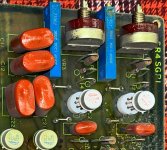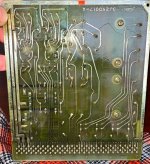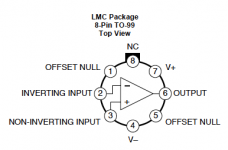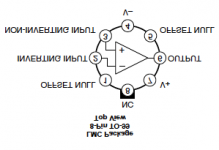These guys do repairs on legacy devices:
From their site:
"
REPAIR / REFURBISH
We have extensive experience in the repair and refurbishing of all kinds of electronic devices. Our specialty is bringing back to life critical legacy devices, long out of production and support, for the transportation and military industries."
Cygnus LLC - Electronic & Electromechanical Design & Manufacturing
Over 30 yers of experience, full range of electronic design and manufacturing services, trusted vendor for a variety of industries including defense, transporation, medical, telecom, and others.
www.cygnusnj.com
From their site:
"
REPAIR / REFURBISH
We have extensive experience in the repair and refurbishing of all kinds of electronic devices. Our specialty is bringing back to life critical legacy devices, long out of production and support, for the transportation and military industries."







